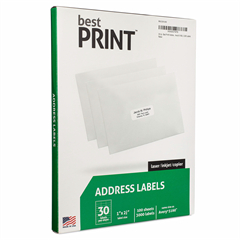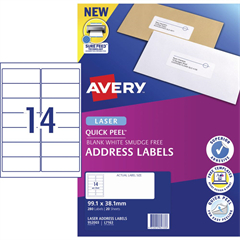Decoding barcode labels involves translating the encoded information within a barcode into a human-readable format. Barcode labels are commonly used to store product or item data, such as product numbers, prices, and other relevant information. Here’s what you need to know about decoding barcode labels:
- Types of Barcodes: There are various types of barcodes, such as UPC (Universal Product Code), EAN (European Article Number), QR Code (Quick Response Code), Code 128, Code 39, and more. Each type has a specific format and encoding scheme.
- Encoding Information: Barcodes consist of a series of black and white lines (bars) and spaces that represent encoded information. The width and arrangement of these bars and spaces are what encode the data. The combination of different bar widths and spaces creates a unique pattern for each encoded character.
- Barcode Structure: Different barcode types have distinct structures. Some barcodes include start and stop characters to indicate the beginning and end of the data. Others might include checksum digits for error detection.
- Decoding Process: To decode a barcode, you need a barcode scanner or a mobile device with a built-in camera and barcode scanning app. The scanner uses light to read the barcode’s pattern of bars and spaces. The scanner then converts this pattern into electrical signals, which are further converted into binary data (0s and 1s).
- Data Extraction: Once the binary data is extracted, it’s matched against a database or lookup table that associates the binary data with corresponding characters, numbers, or other information. This process is what converts the binary data into human-readable text or values.
- Checksums and Error Correction: Some barcode types include checksum digits that help detect errors during scanning. The checksum is calculated based on the encoded data and is compared to the calculated value after scanning. If they don’t match, it indicates a potential error in scanning or encoding.
- Barcode Scanning Apps: Mobile apps can scan barcodes using a device’s camera and then use an online database to look up the decoded information. These apps are commonly used in retail environments for price checks and inventory management.
- Barcode Printing Quality: The quality of barcode printing is crucial for accurate decoding. Poorly printed barcodes, damaged labels, or incorrect scaling can lead to scanning errors.
- Application in Various Industries: Barcodes are used in a wide range of industries, including retail, logistics, healthcare, manufacturing, and more. They facilitate efficient inventory tracking, product identification, and data collection.
- Data Privacy and Security: Barcodes can contain sensitive information, so it’s important to consider data privacy and security when using barcodes. In some cases, encryption might be applied to protect the information stored within the barcode.
In summary, decoding barcode labels involves reading the pattern of bars and spaces, converting it to binary data, and then mapping that data to meaningful information using a lookup table or database. This process enables quick and accurate retrieval of product or item data for various purposes.

